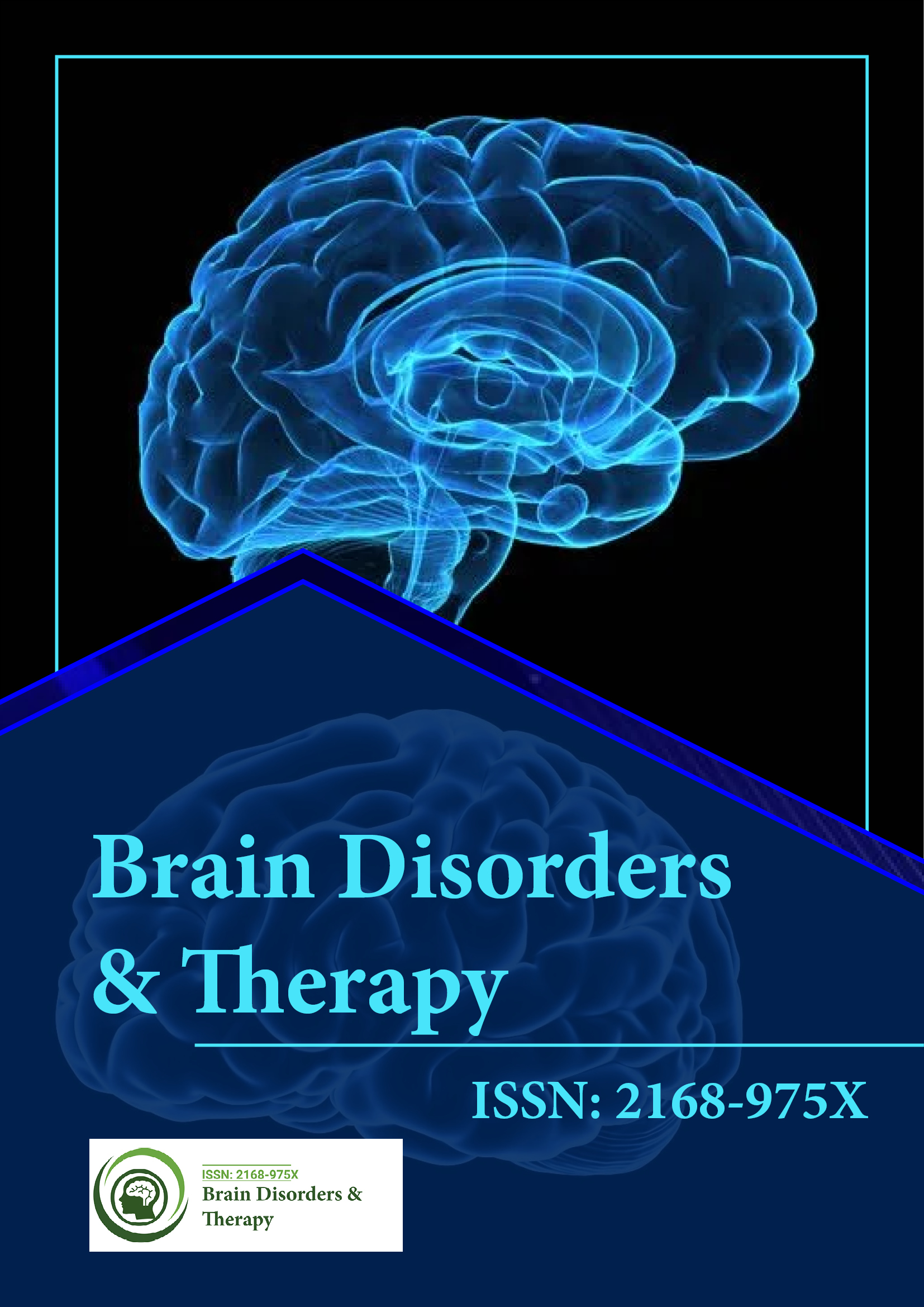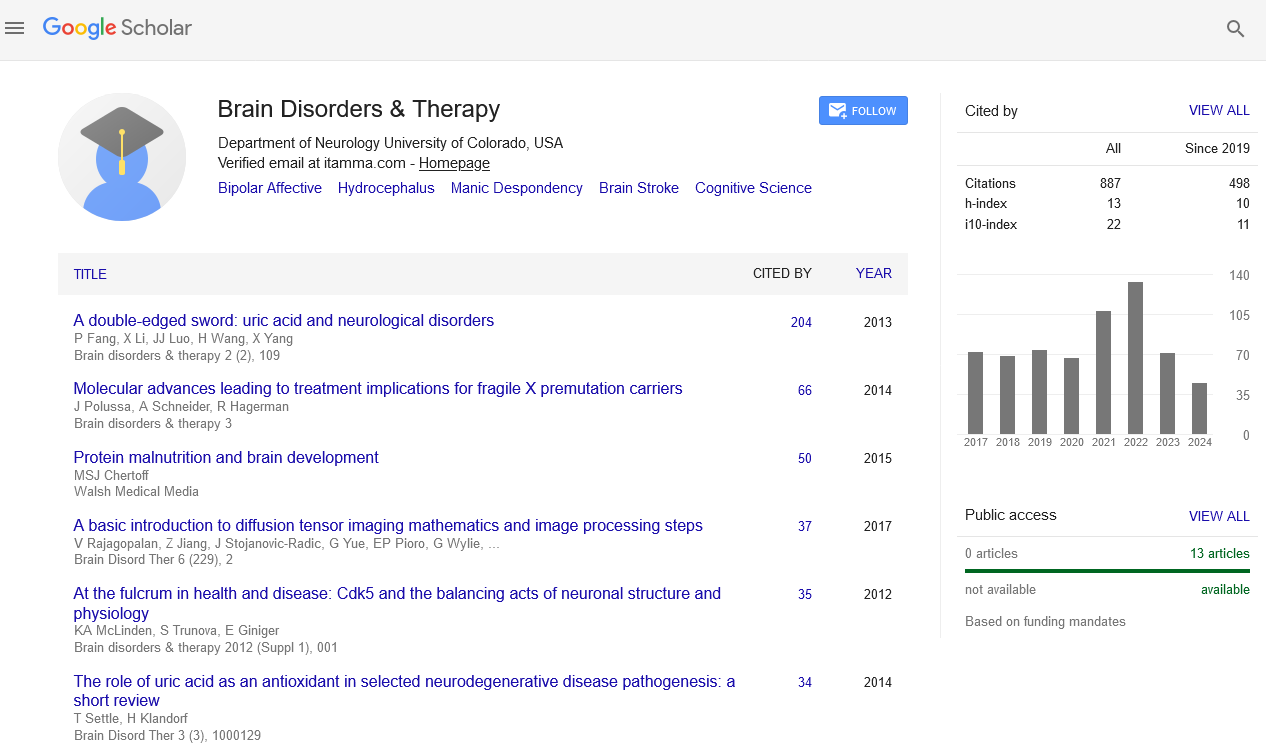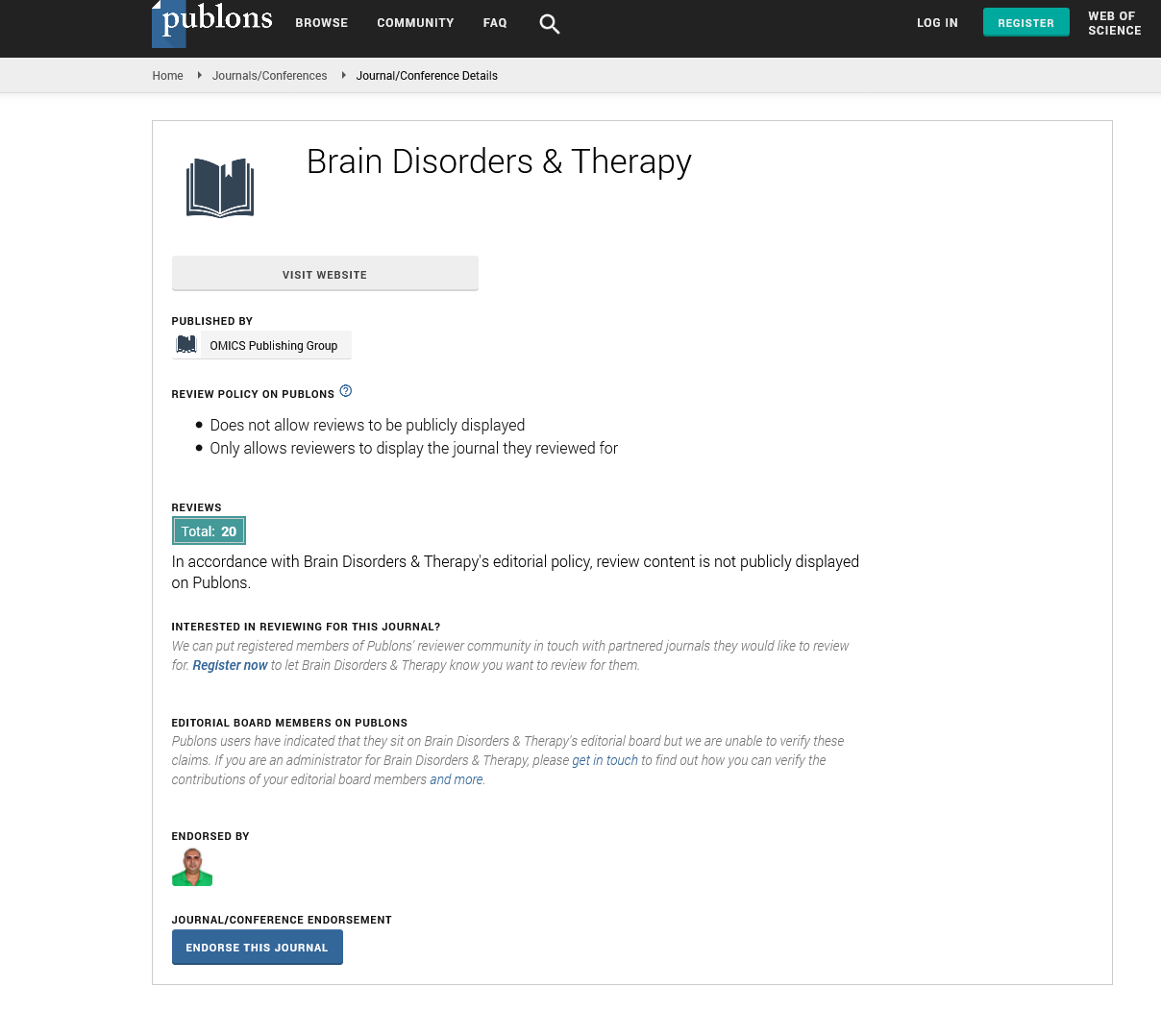PMC/PubMed Indexed Articles
Indexed In
- Open J Gate
- Genamics JournalSeek
- JournalTOCs
- RefSeek
- Hamdard University
- EBSCO A-Z
- OCLC- WorldCat
- Publons
- Geneva Foundation for Medical Education and Research
Useful Links
Share This Page
Journal Flyer

Open Access Journals
- Agri and Aquaculture
- Biochemistry
- Bioinformatics & Systems Biology
- Business & Management
- Chemistry
- Clinical Sciences
- Engineering
- Food & Nutrition
- General Science
- Genetics & Molecular Biology
- Immunology & Microbiology
- Medical Sciences
- Neuroscience & Psychology
- Nursing & Health Care
- Pharmaceutical Sciences
Wearable hip-assist robot modulated cortical activation during gait in stroke patients
7th International Conference on Neurological Disorders & Stroke
September 20-21, 2018 | Rome, Italy
Yun Hee Kim, Hwang Jae Lee, Su Hyun Lee, Dong Seok Kim, Won Hyuk Chang Byung Ok Choi and Gyu Ha Ryu
Samsung Medical Center, Republic of South Korea
Samsung Advanced Institute for Health Science and Technology - SKKU, Republic of South Korea
Samsung Advanced Institute of Technology, Republic of South Korea
Scientific Tracks Abstracts: Brain Disord Ther
Abstract:
The purpose of this study is to investigate the modulating effect of hip-assist robot on cortical activation during gait in stroke patients. Twenty stroke patients participated in this study. A wearable type hip-assist robot, gait enhancing mechatronic system (GEMS, Samsung Electronics Co., Ltd., Korea) was used. Each patient randomly performed assigned two sets of treadmill walking sessions at self-selected speed with assistance of GEMS and without assistance of GEMS. An experimental session began with a fixed standing condition (60s), followed by one of the two walking conditions (60s) and then a resting condition (60s) for five repetitions. Cerebral oxygenation was measured by oxyhemoglobin (OxyHb) concentration using the 49 channels of functional near infrared spectroscopy (fNIRS) imaging system (NIRScout, Germany) covering bilateral prefrontal cortices (PFC), premotor cortices (PMC), supplemental motor areas (SMA) and lower limb sensorimotor cortices (SMC). In GEMS condition, stroke patients demonstrated improved spatio-temporal gait parameters, such as speed and symmetricity. We also observed less OxyHb concentration over the lower limb SMC, SMA and PMC regions in the late phase of gait between 31 and 60 seconds after initiating walking task with GEMS than No GEMS conditions. Less activation in the lower limb SMC, PMC and SMA in the late phase of walking with GEMS may indicate that GEMS helps producing rhythmic and symmetric hip flexion and extension movement and allows more coordinated gait pattern.
Biography :
Yun Hee Kim pursued her PhD in Neuroanatomy (1996); MD (College of Medicine- 1982) respectively from Yonsei University, Republic of South Korea. She is a Board Certified PM&R specialist (1986). Her clinical specialty is neurological rehabilitation and her main research interest is investigating human neural plasticity using functional neuroimaging and noninvasive brain stimulation. She has published more than 200 peer-reviewed articles in famous international and domestic academic journals such as Neurology (2006), NeurolImage (1999, 2008, 2015), NeurolImage Clinical (2017), Stroke (2006, 2011, 2017), Neurorehabilitation and Neural Repair (2009, 2012, 2015), and 10 chapters of books in the field of neurological rehabilitation.
E-mail: yunkim@skku.edu


